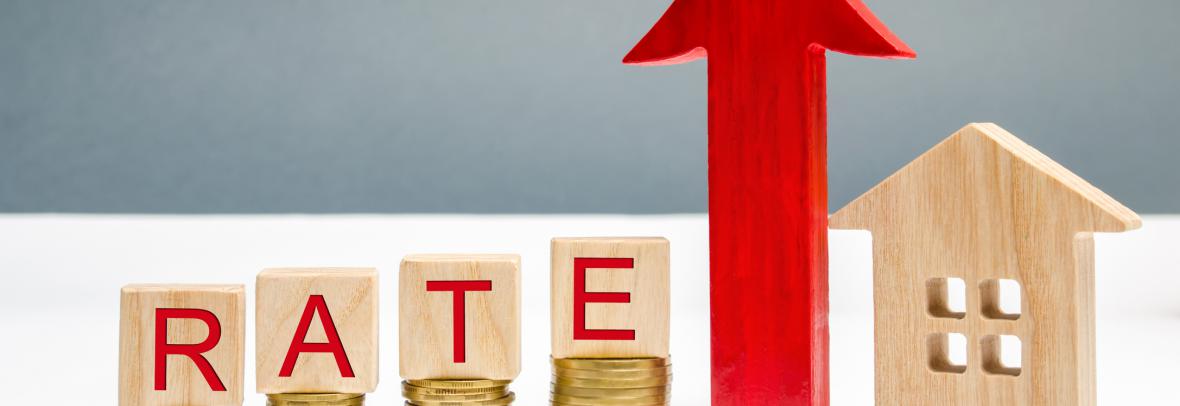
While 2020 will forever be the year of the pandemic, real estate pros might also remember it as the year when mortgage rates kept dropping to all-new record lows.
NEW YORK – 2020 will always be remembered as the year of the coronavirus pandemic. In the future, however, consumers and economists will also look back on 2020 as the year of record-low mortgage rates and an unprecedented mortgage refinance spike. Since Q1 2020, refinance activity is up 200% over where it was in 2019.
A coronavirus vaccine entering the market is good news, but with it, a few of the small “silver linings” of the pandemic may end – namely, record-low mortgage rates.
Currently, mortgage refinance rates are well below 3%, and ticking lower week-to-week, but this could soon change. Here are two big indicators the mortgage refinance spike may be drawing to a close.
1. Post-pandemic economic recovery
With multiple pharmaceutical companies reporting effective vaccines, it would appear a return to “normal” is on the horizon. Unemployment, which peaked at 14.7% in April, is already closer to pre-pandemic rates (around 3.5%) at 6.7% in November 2020.
Unemployment is just one indicator of the health of a country’s economy. As the economy heals, rates will increase, but to what rate is hard to predict. The Federal Reserve projects interest rates at near-zero through 2023, but if the economy bounces back from the pandemic sooner, this could increase rates sooner than the current projections.
2. Second round of government stimulus
The quick explanation for how a government stimulus affects mortgage rates is this: When the government needs money for things, it has to get the money from somewhere, so they create the debt and offer it to investors in the form of bonds, which provide a return on investment known as the yield rate. In order to get the money they need, the government could increase yield rates in order to make the bonds attractive to investors.
The mortgage rate often closely mirrors the 10-year treasury rate, which is why the second round of stimulus would likely increase both the yield and mortgage rates.
Also: Refis hit with new fee on Dec. 1
On Dec. 1, lenders began adding a .05% “adverse market fee” to most mortgage refinance loans, including cash-out refinances. Why? The fee is to help government agencies like Fannie Mae and Freddie Mac recoup losses due to the COVID-19 outbreak. Fannie Mae and Freddie Mac are big players in the secondary mortgage market; they end up buying billions in loans each year from lenders so the banks can stay liquid and continue writing loans to consumers.
Some lenders who closed on loans pre-December may have already added this fee to their refinanced loans in anticipation of selling these loans to Fannie Mae and Freddie Mac. For context, adding in a .05% fee means a consumer will pay roughly $500 more for every $100,000 of their mortgage (or mortgage refi) loan.
Or, if lenders are offering 3% interest rates, when accounting for the fee (1/8 of a point as reported in Forbes), it could actually be an interest rate of 3.125% over the life of the loan.
The addition of this fee makes refinancing more expensive and, depending on the amount and the initial interest rate, this fee could make refinance savings negligible when you factor in total fees and closing costs. It’s important to do the math here as the only true way to determine if refinancing is right for you is to utilize an online mortgage refinance calculator to determine your new monthly costs.
When using the calculator, it is most important to look at your “break-even” date – if the savings are enough to net money in your pocket even after fees and closing costs within the next year, refinancing still makes sense. If it could take years to recoup closing costs, it may not make sense to refinance now, especially if you plan to sell the home in the near future.
© Copyright 2020 Local TV LLC, All rights reserved.
Go to Source
Author: kerrys



